Home>Ideas and Tips>Indoor Cat Playground Design: Feline-Friendly Home Spaces
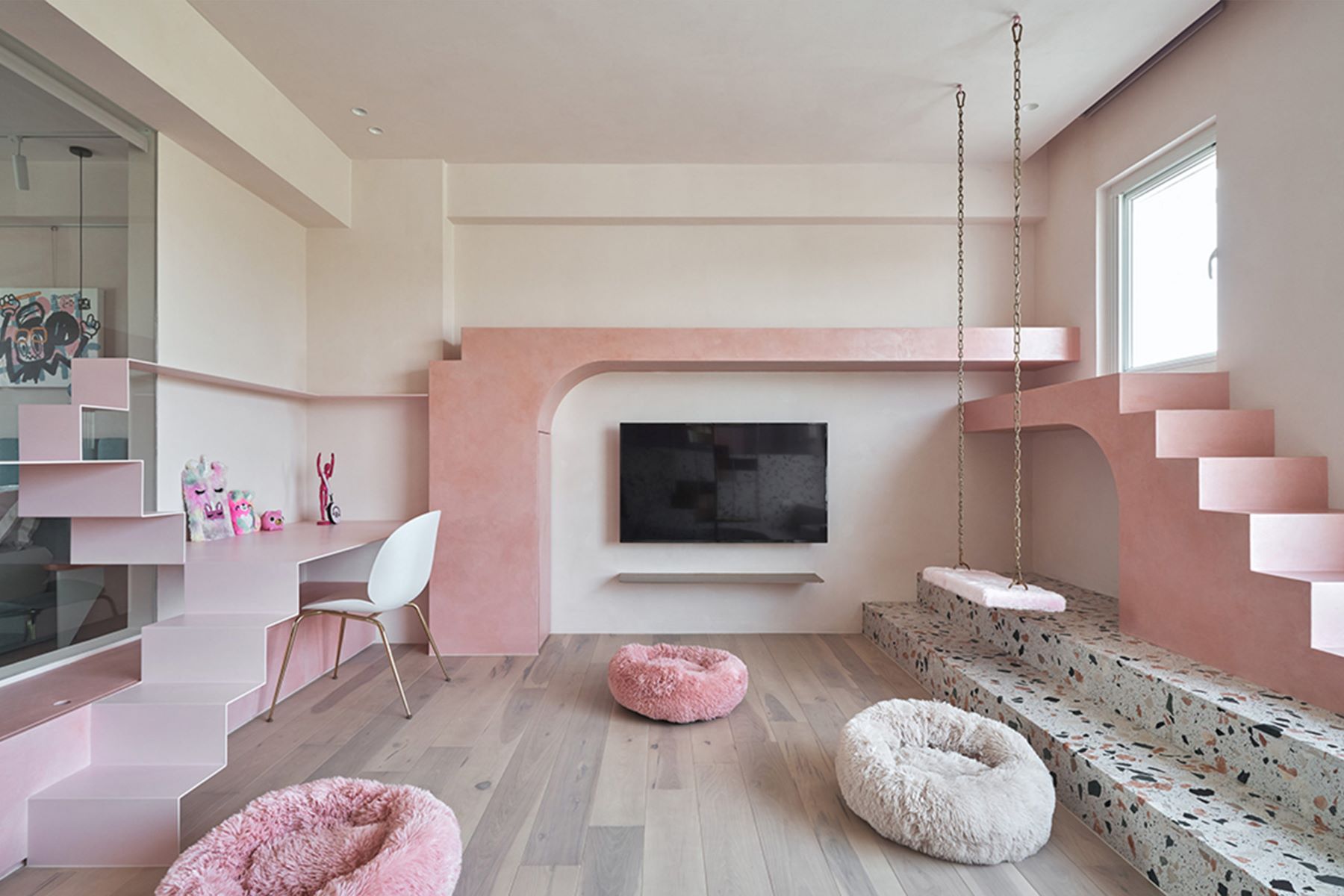

Ideas and Tips
Indoor Cat Playground Design: Feline-Friendly Home Spaces
Published: September 1, 2024
Create a feline paradise with our indoor cat playground design tips. Enhance your home with vertical spaces, scratching posts, and cozy hideaways.
(Many of the links in this article redirect to a specific reviewed product. Your purchase of these products through affiliate links helps to generate commission for Storables.com, at no extra cost. Learn more)
Creating a feline-friendly home space isn't just about providing basic necessities like food and shelter; it's about designing an environment that caters to your cat's natural instincts and promotes their well-being. Cats are known for their curiosity and love for exploration, which makes creating an indoor cat playground a delightful and rewarding project. In this article, we'll delve into the various elements and design ideas that can transform your home into a cat paradise, ensuring your feline friends have a happy and fulfilling life indoors.
Understanding Cat Behavior
Before diving into the design aspects, it's crucial to understand what makes cats tick. Cats are natural predators with a strong instinct to hunt, climb, scratch, and hide. They are territorial animals and often mark their territory by scratching surfaces. They also have a strong sense of spatial awareness and enjoy vertical spaces where they can observe their surroundings.
1. Vertical Space
Cats love to climb and perch on high places. Providing vertical space is essential for their physical and mental health. This can be achieved through cat trees, shelves, bridges, hammocks, and perches. These structures not only give them a place to rest but also allow them to observe their surroundings from a higher vantage point.
2. Scratching Posts
Scratching is a natural behavior for cats. It helps them maintain their nails, stretch their muscles, and mark their territory. Placing scratching posts in strategic locations around the house can redirect this behavior away from furniture and door frames. The best positioning angles for scratching posts are horizontal, vertical, and inclined.
3. Hiding Spots
Some cats are shy and need their own space to hide and feel safe. Investing in a cozy bed or cocoon with a small opening can provide them with a sense of security. These hiding spots can be placed in corners of the living room or other areas where your cat feels comfortable.
4. Food and Water Bowls
Choosing the right food and water bowls is important for your cat's comfort. Low and wide bowls are recommended as they allow your cat to crouch next to them easily without straining their sensitive whiskers.
Read more: 20 Best Cat Shelves For Your Feline Friend
Designing Your Indoor Cat Playground
Now that we have an understanding of what makes cats happy, let's move on to designing your indoor cat playground.
1. Cat Trees and Shelves
Cat trees and shelves are essential components of any feline-friendly home space. These structures provide multiple levels for your cat to climb, scratch, and observe from. Look for sturdy cat trees with multiple perches and scratching surfaces. You can also use floating shelves or catwalks that allow your cat to move freely between different levels.
2. Cat Condos
Cat condos serve two purposes: they allow cats to scale a tree-like structure while also providing them with a place to purr and scratch. These condos can be customized with different textures and materials to keep your cat engaged.
3. Cat Towers
Cat towers are another great way to provide vertical space for your cat. These towers often come with multiple perches, scratching posts, and sometimes even hideaways or condos. They are perfect for multi-cat households where each feline needs its own space.
4. Hammocks and Perches
Hammocks and perches offer a cozy place for your cat to rest while still allowing them to observe their surroundings. Suction cup perches attached to windowsills are particularly popular as they give cats a view of the outdoors without compromising on safety.
5. Cat Bridges
Cat bridges connect different levels of your home, allowing your cat to move freely between different areas without having to climb up or down. These bridges can be placed between cat trees or shelves and provide an additional route for your cat's exploration.
Additional Elements
In addition to the main components mentioned above, there are several other elements you can incorporate into your indoor cat playground:
1. Lookouts
Lookouts provide a place for your cat to perch by windows, allowing them to watch everyday life outside. This can be achieved through cat towers or standalone lookout points.
2. Scratching Posts with Different Textures
Scratching posts come in various textures such as sisal rope, carpet, or corrugated cardboard. Each texture appeals differently to cats, so it's a good idea to have multiple scratching posts with different textures placed in different locations around the house.
3. Cat Lounges
Cat lounges are dedicated areas where your cat can relax and play. These lounges often feature sun-drenched spots by windows where cats can bask in sunlight.
4. Hidden Litter Boxes
Hidden litter boxes are designed to blend seamlessly into your home decor while keeping the litter box out of sight. This can help reduce odors and make cleaning easier.
5. Discreet Food Trays
Discreet food trays are designed to fit into your home's aesthetic while providing easy access for your cat's meals. These trays can be placed in various locations around the house.
DIY Ideas
While there are many commercial products available for creating a feline-friendly home space, there are also several DIY ideas you can try:
1. Cardboard Box Forts
Cardboard box forts are simple yet effective ways to provide hiding spots for your cat. You can cut holes in different sizes and shapes to create a cozy little cocoon.
2. Cat Towers Using Old Furniture
You can repurpose old furniture like bookshelves or dressers into cat towers by adding scratching posts or perches on top.
3. Vertical Gardening
Vertical gardening involves planting plants on walls or using trellises to create a green space that cats can explore while also purifying the air.
Conclusion
Creating an indoor cat playground is not just about providing basic necessities; it's about designing an environment that caters to your cat's natural instincts and promotes their well-being. By incorporating elements like vertical space, scratching posts, hiding spots, food and water bowls designed for comfort, cat trees and shelves, cat condos, hammocks and perches, cat bridges, lookouts with different textures for scratching posts, cat lounges with sun-drenched spots by windows, hidden litter boxes discreet food trays along with some creative DIY ideas like cardboard box forts using old furniture vertical gardening you can transform your home into a true feline paradise where both you and your beloved pets can live harmoniously together.
Remember always prioritize your cat's safety comfort when designing their playground ensuring they have plenty of opportunities explore play rest while feeling secure within their surroundings.
By following these tips guidelines you'll be well on your way creating ultimate feline-friendly home space where both you and your furry friends can enjoy each other's company while living happily ever after
Was this page helpful?
At Storables.com, we guarantee accurate and reliable information. Our content, validated by Expert Board Contributors, is crafted following stringent Editorial Policies. We're committed to providing you with well-researched, expert-backed insights for all your informational needs.
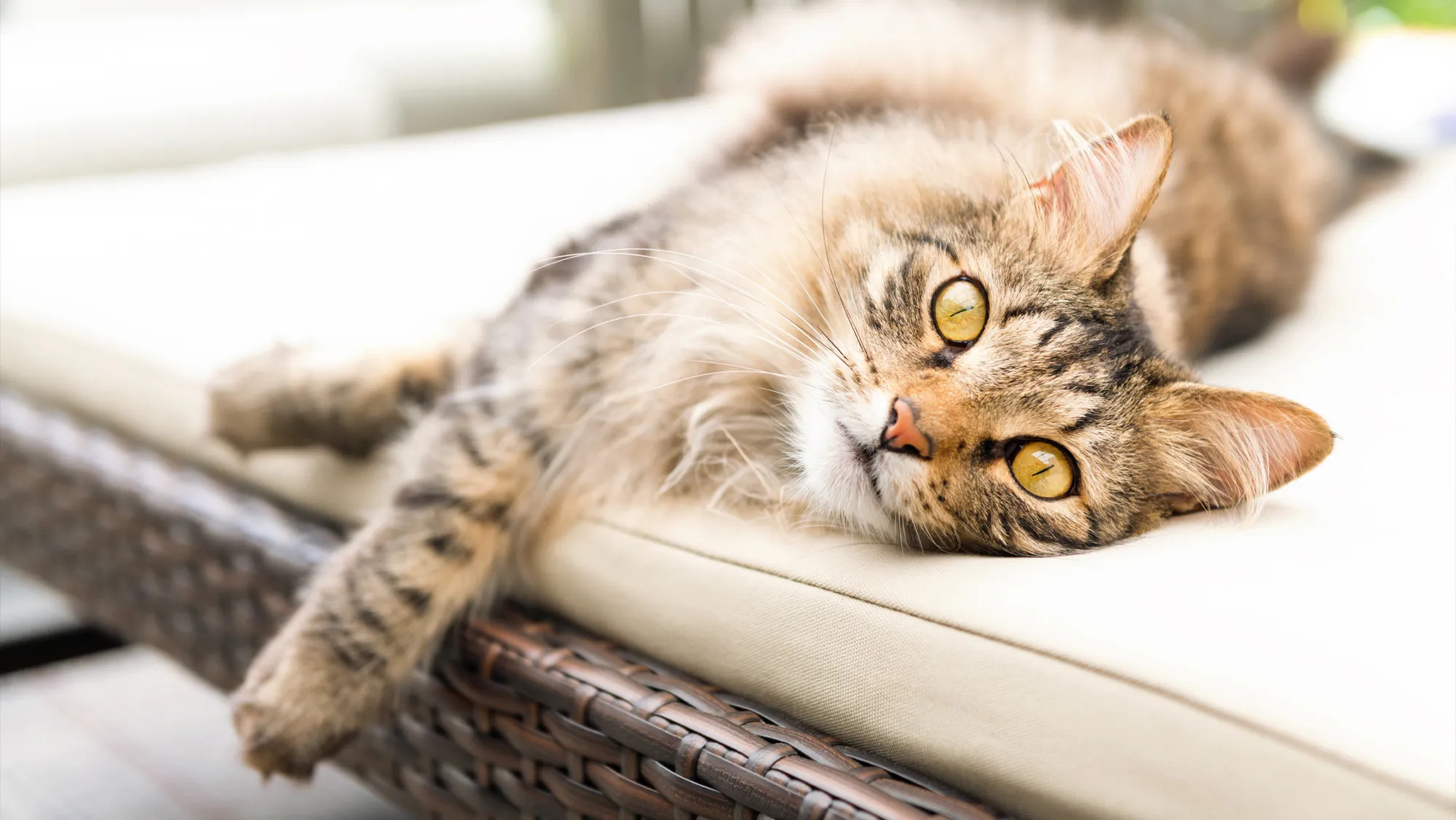
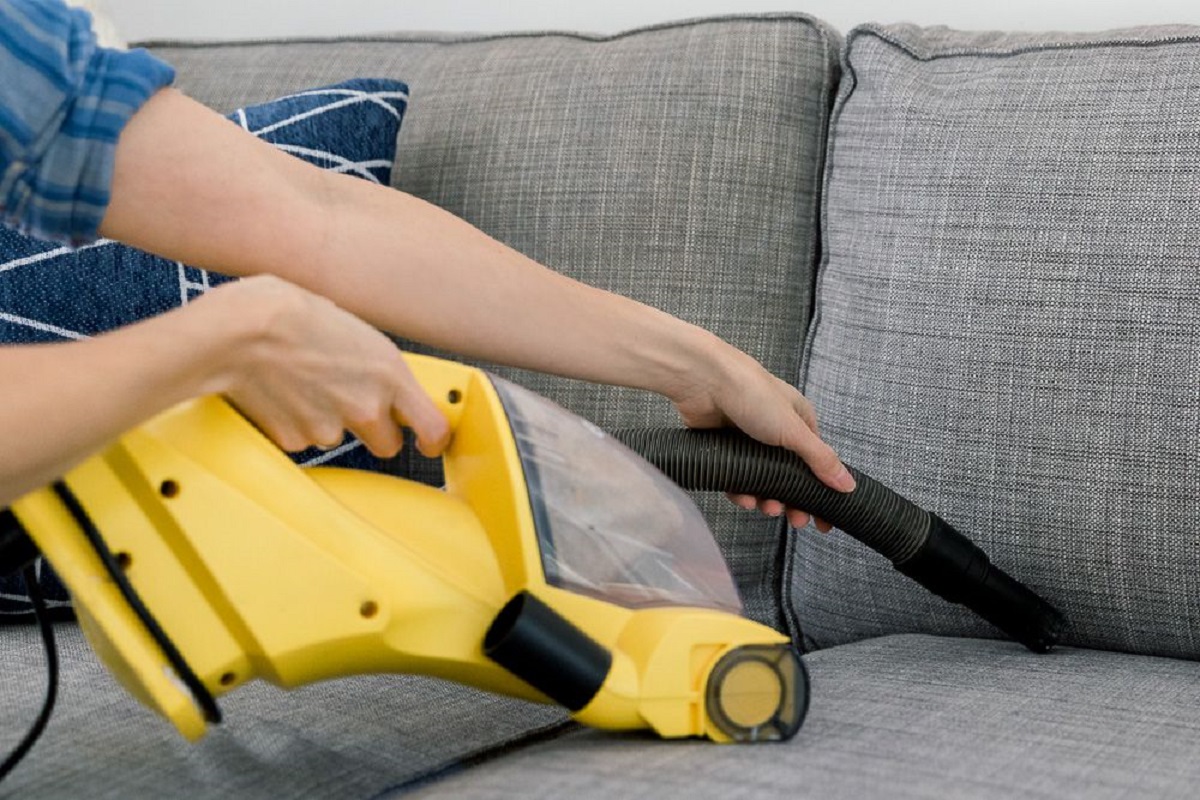
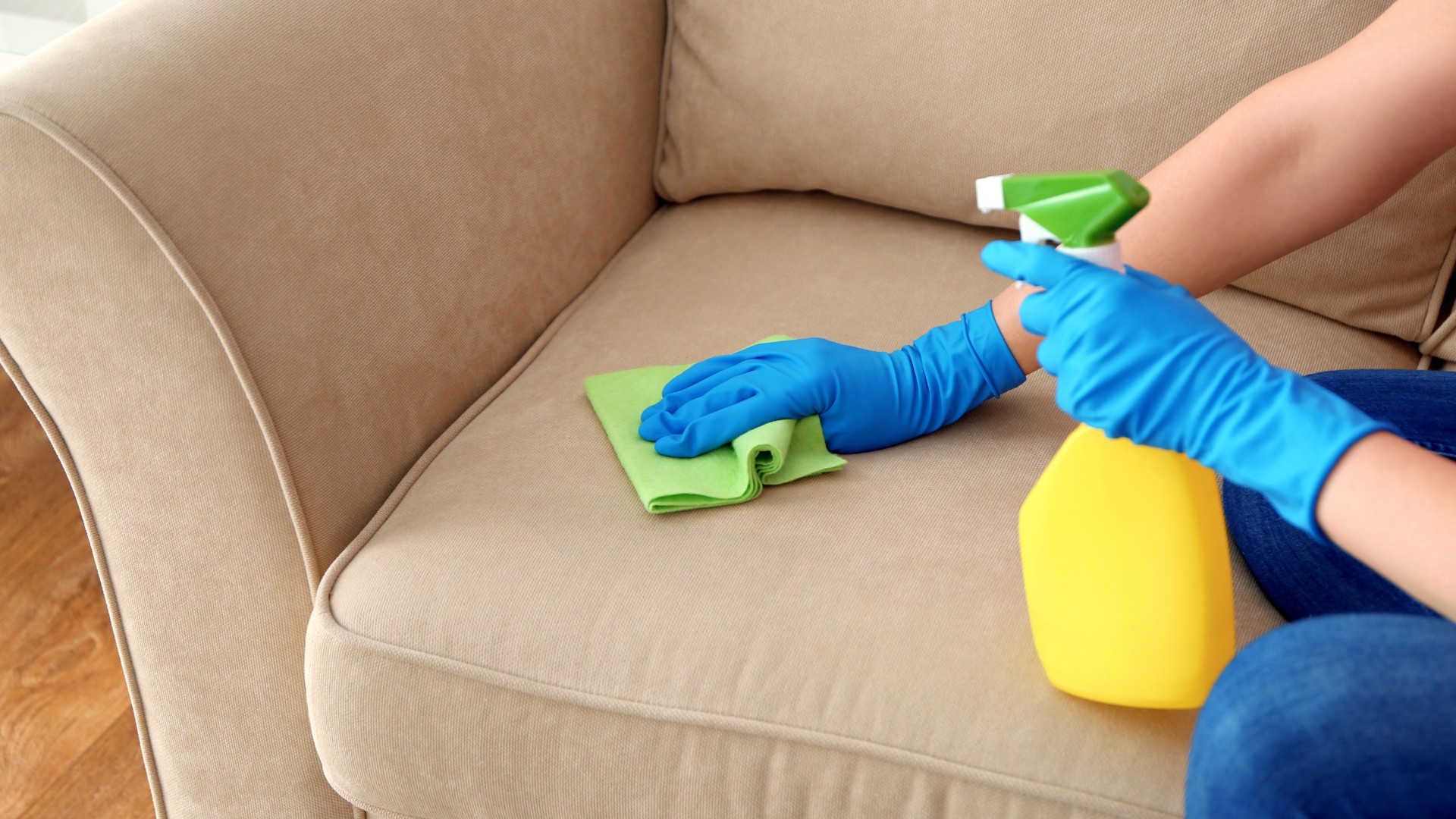
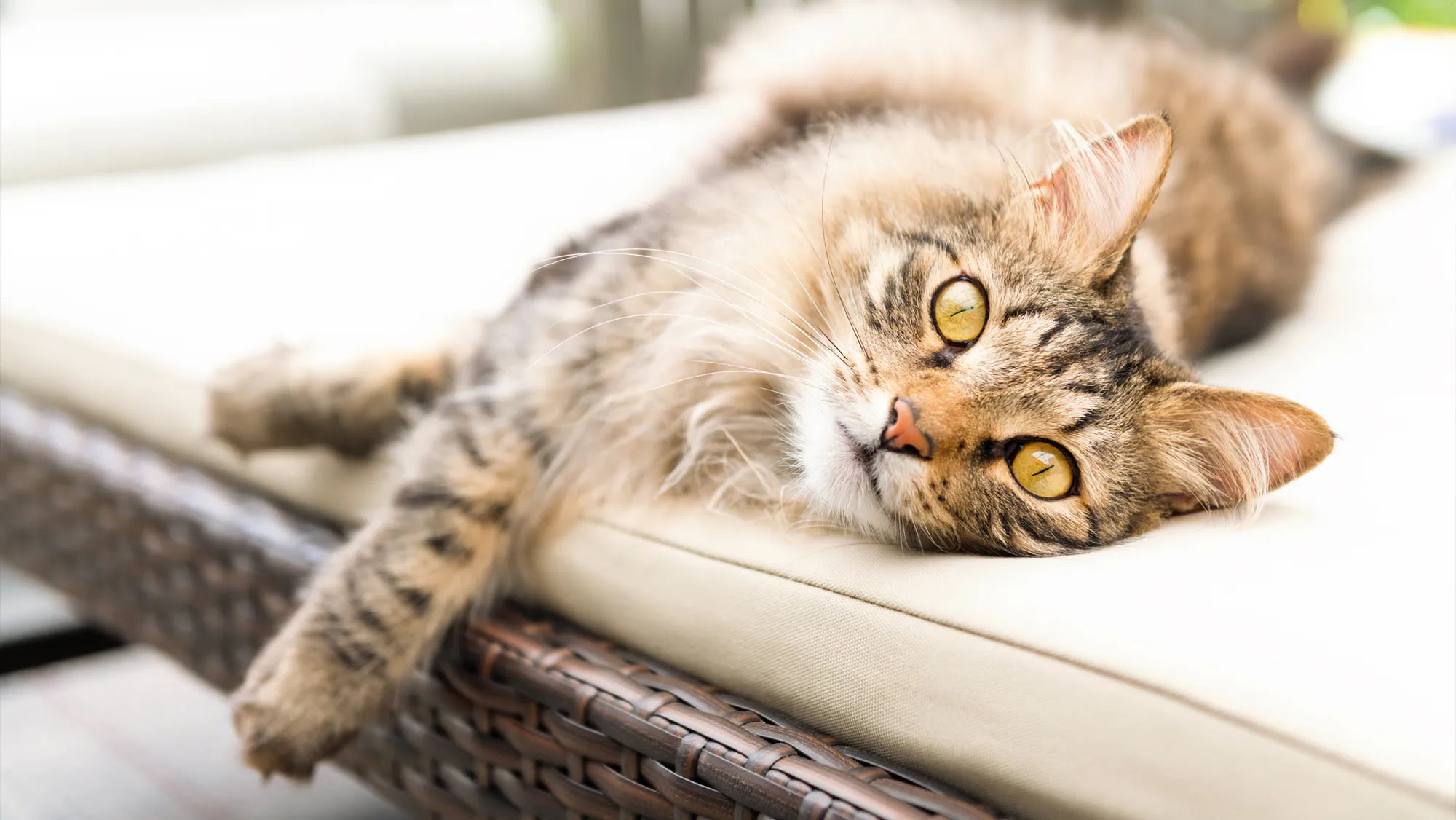
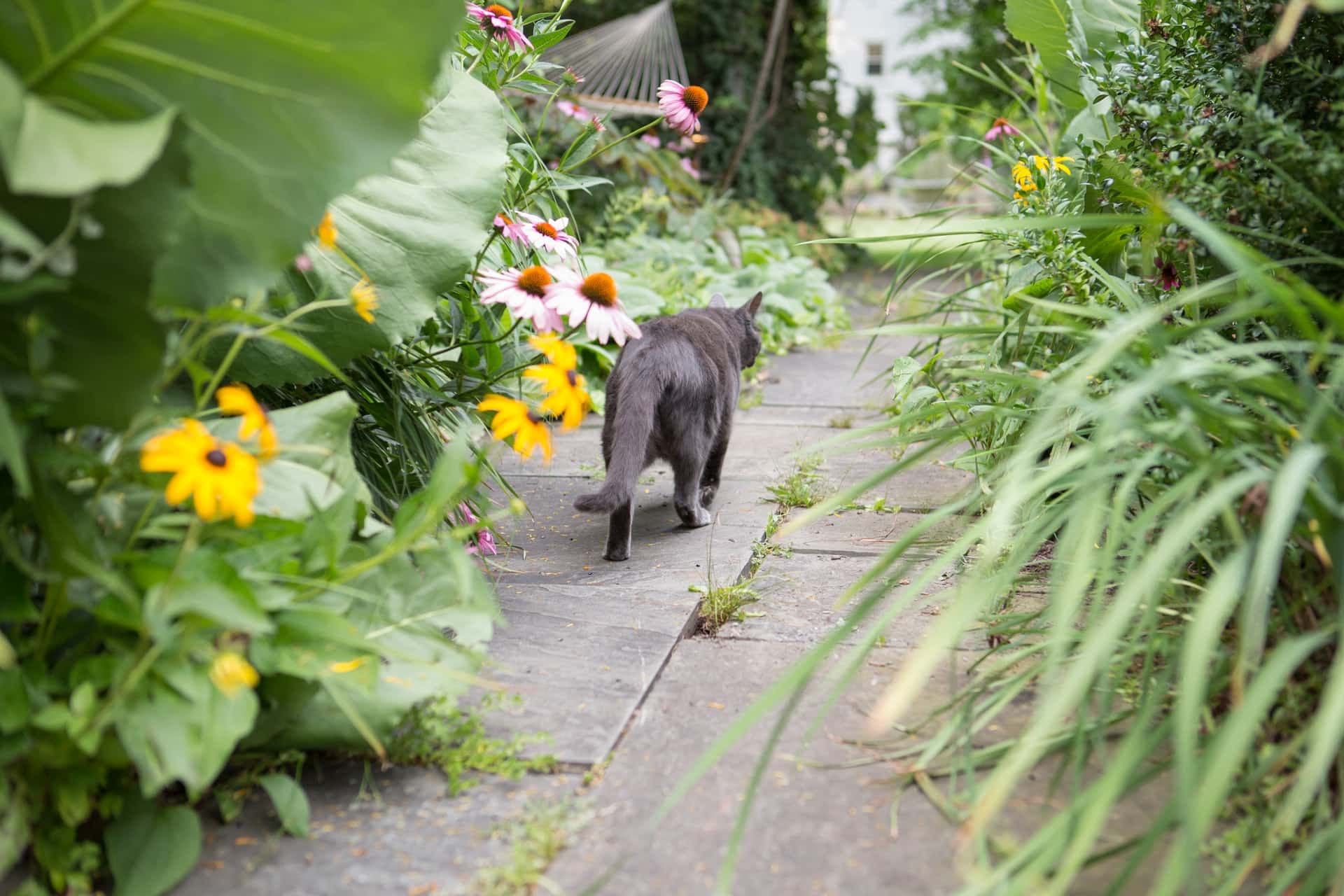
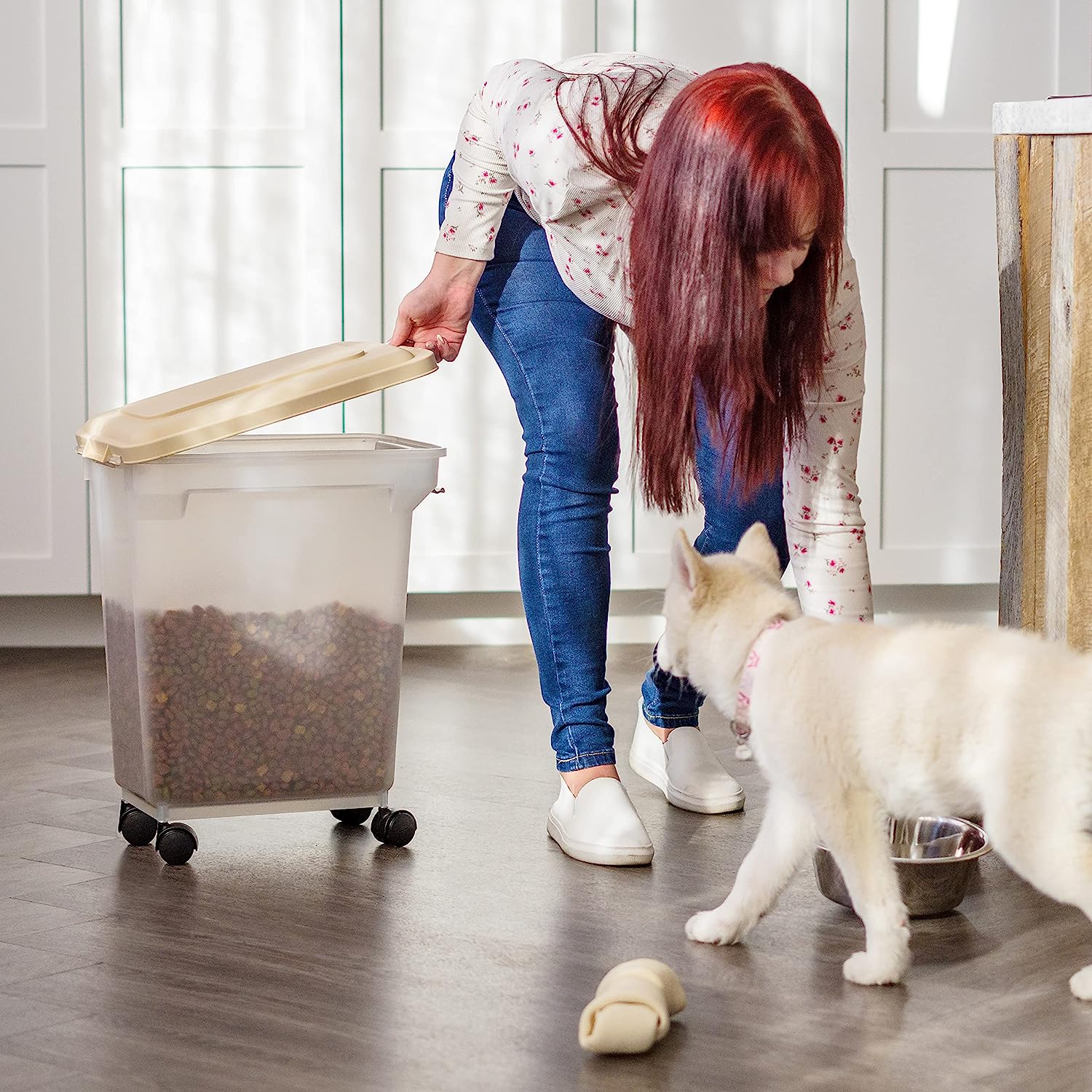
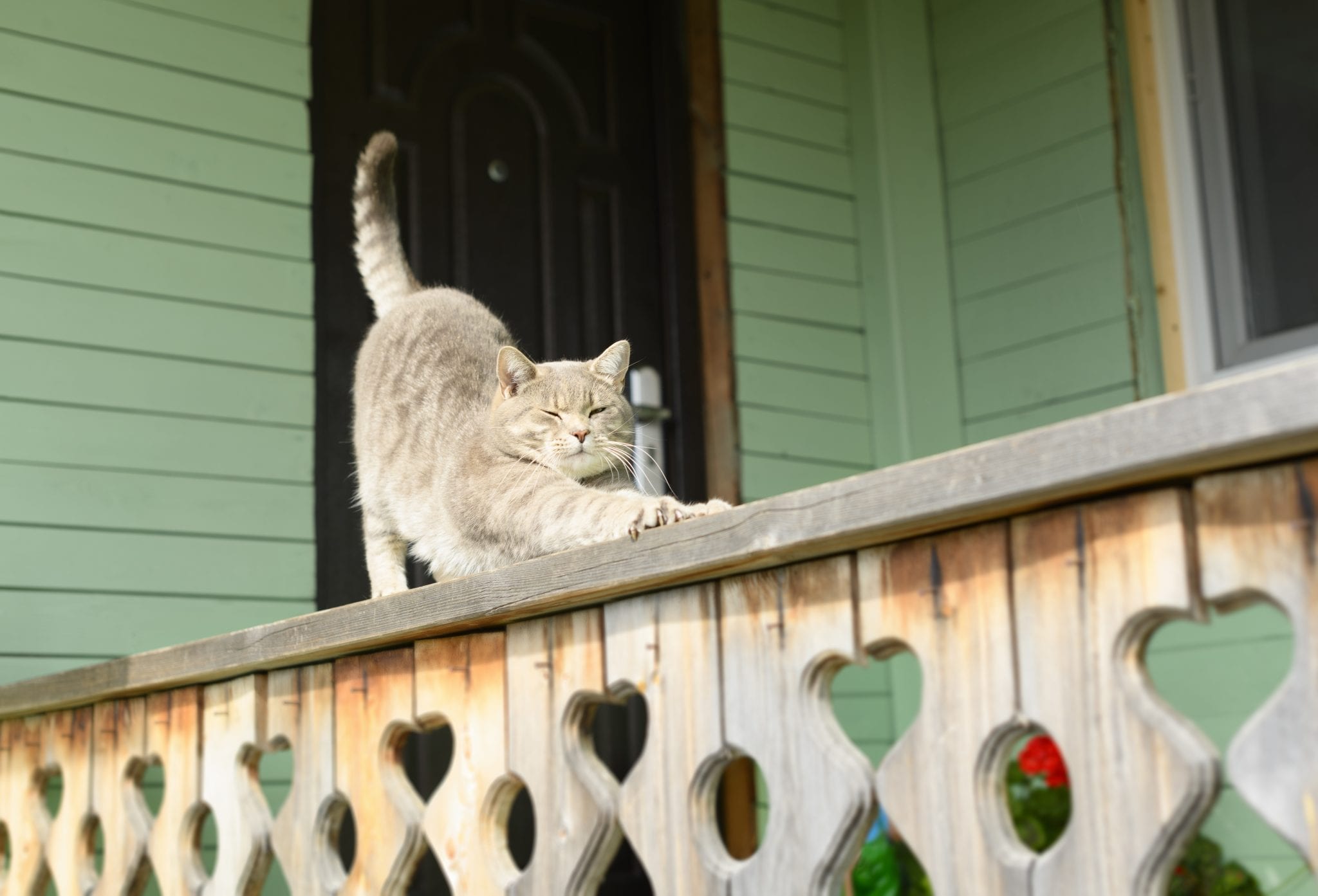
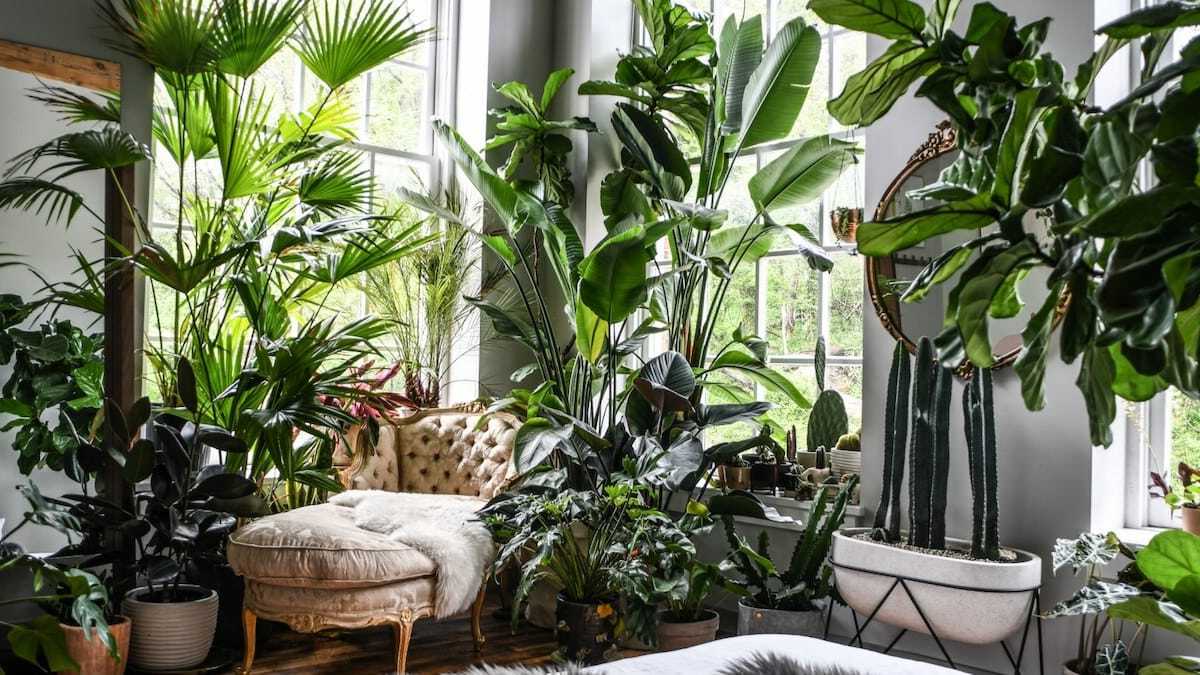
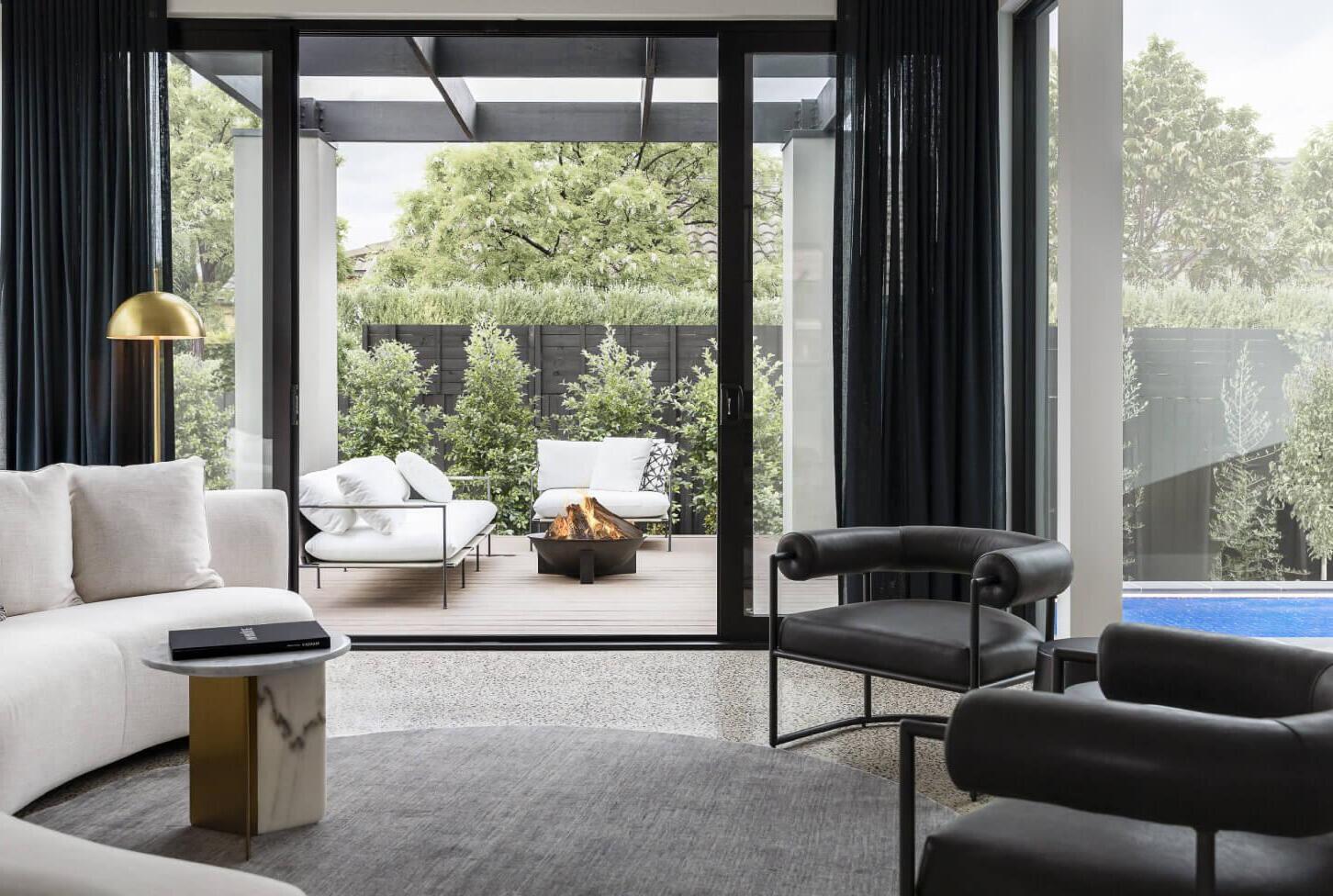
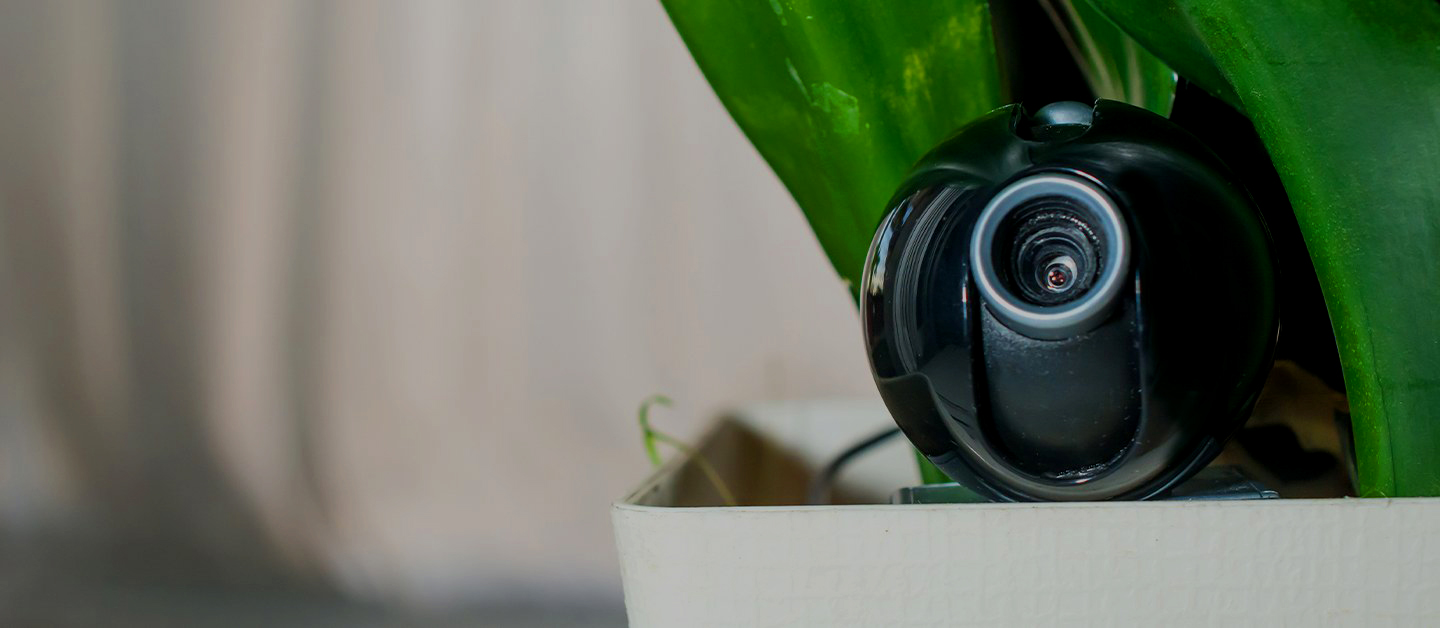
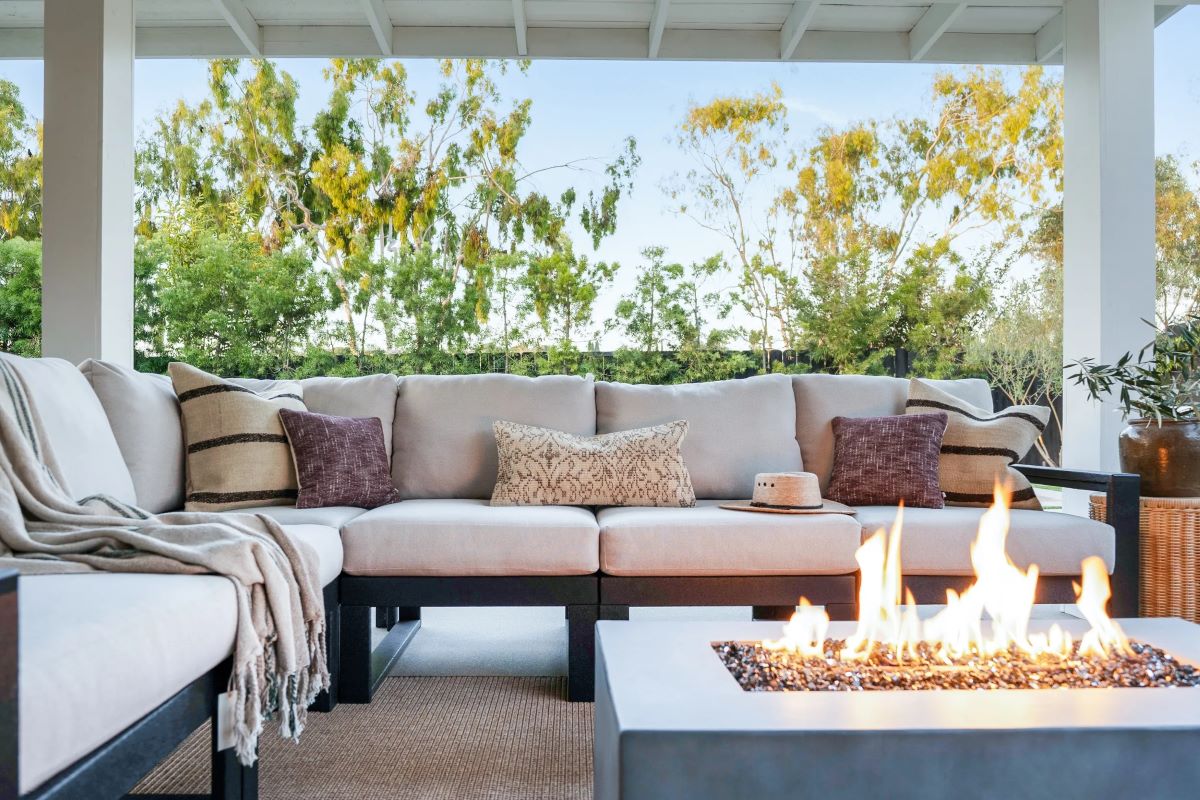
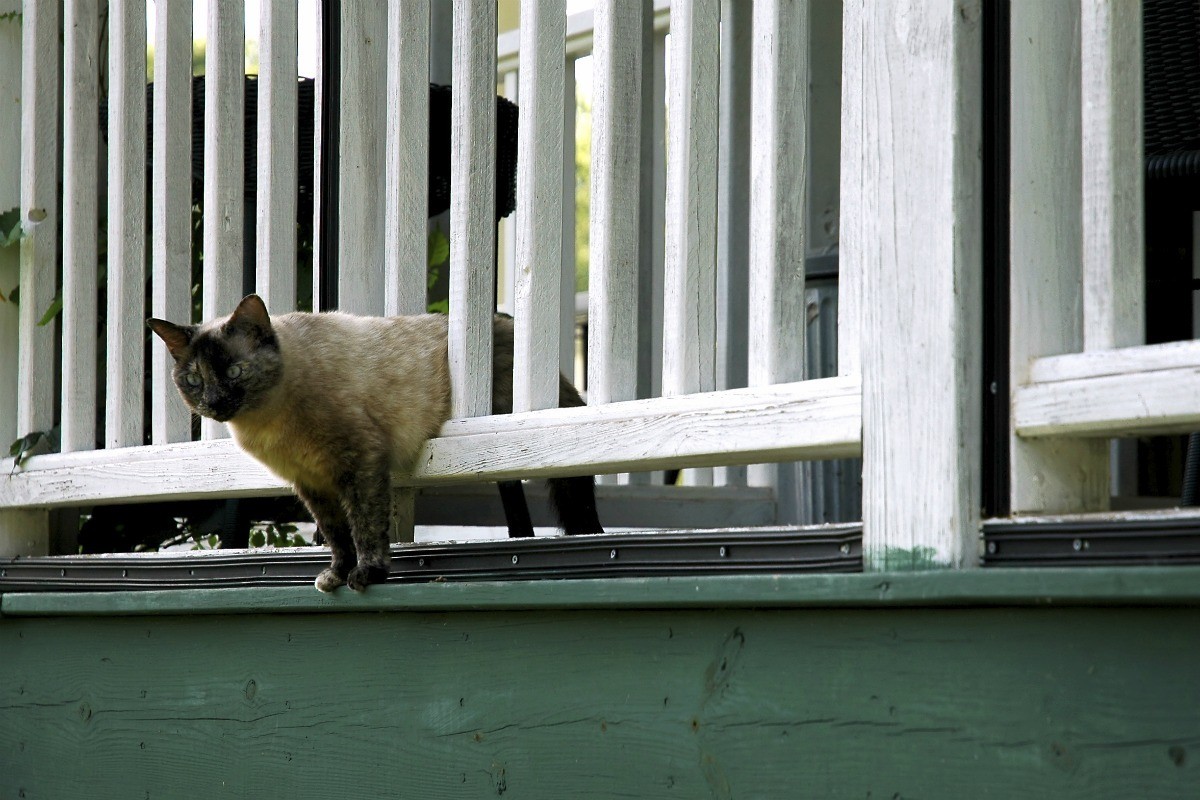
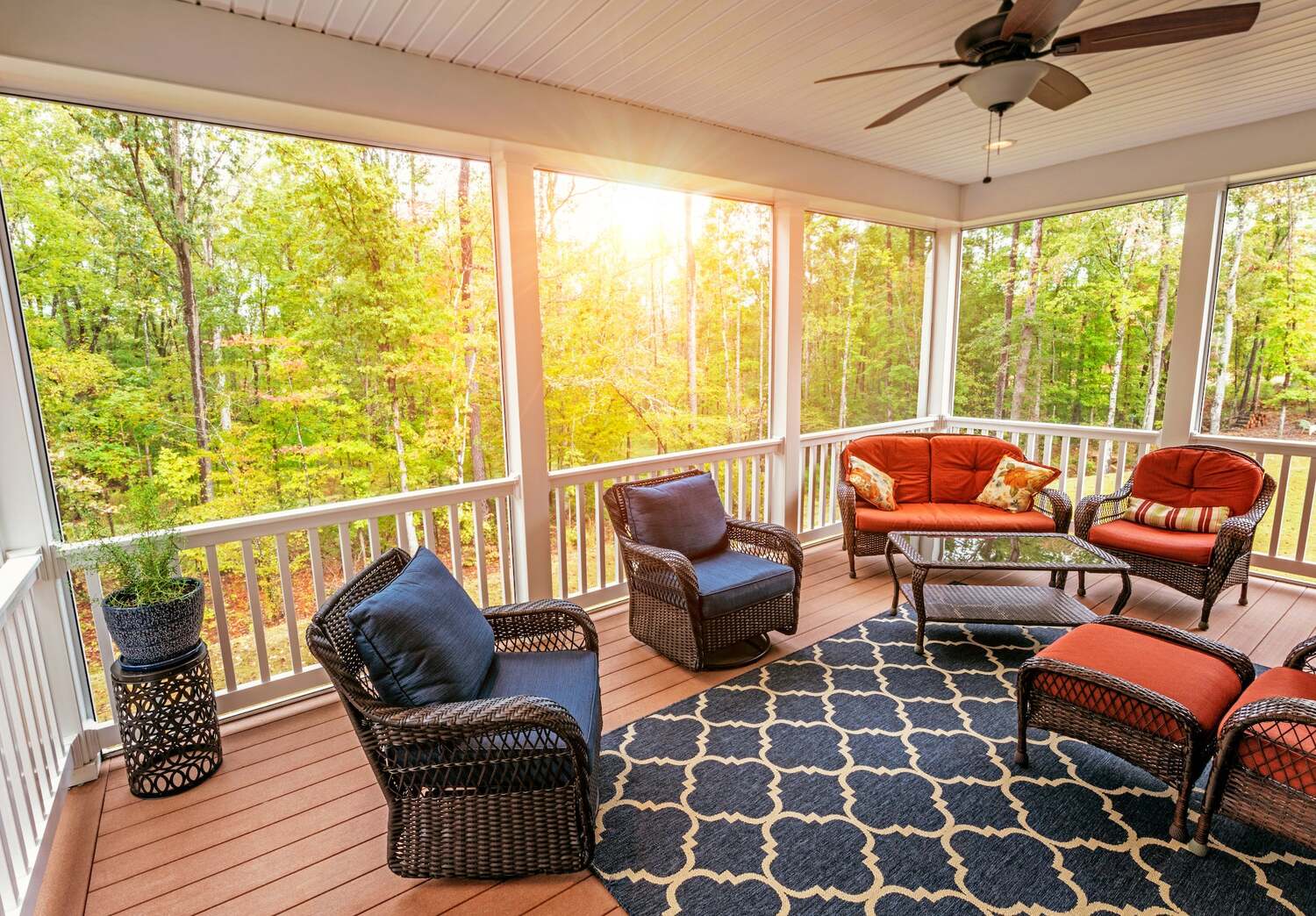
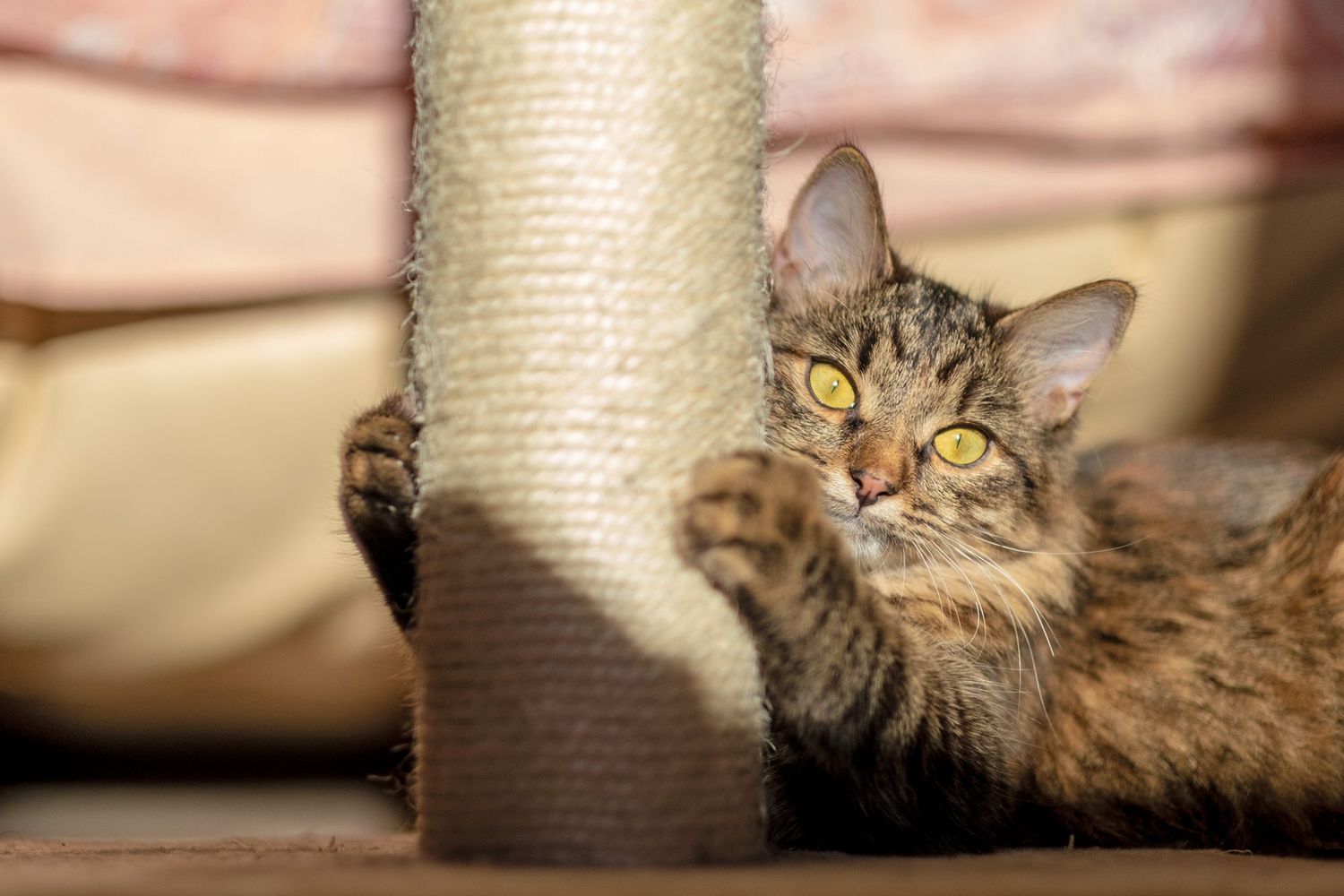
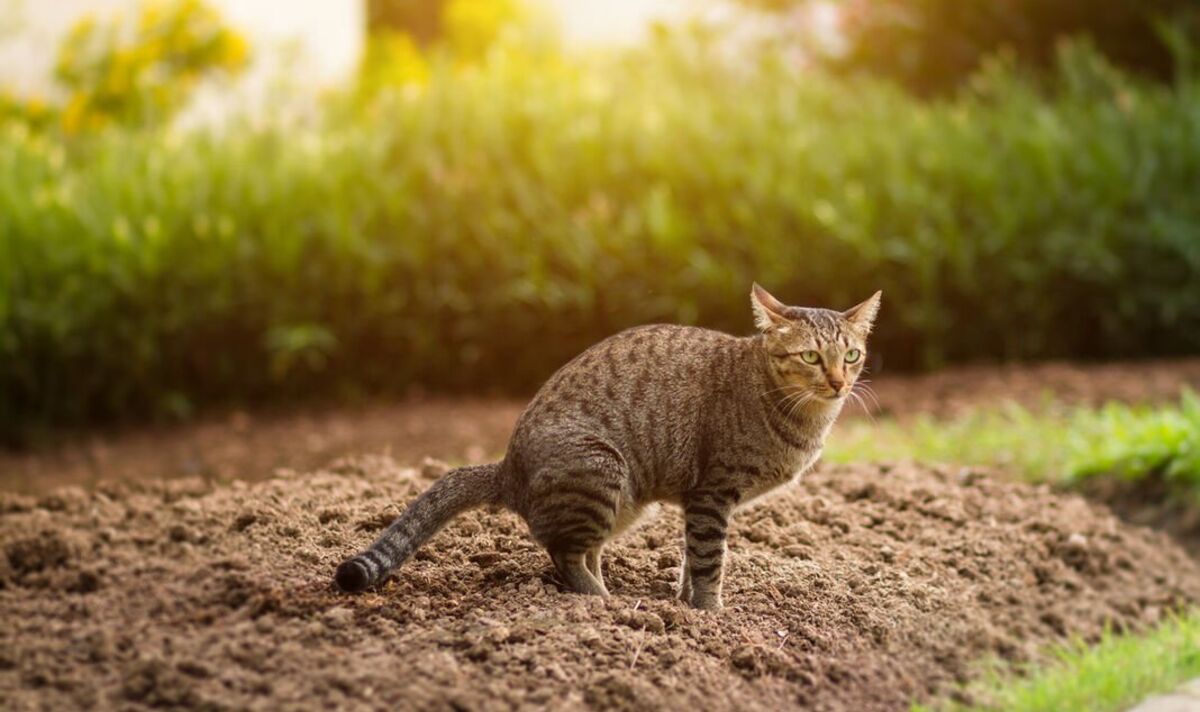

0 thoughts on “Indoor Cat Playground Design: Feline-Friendly Home Spaces”